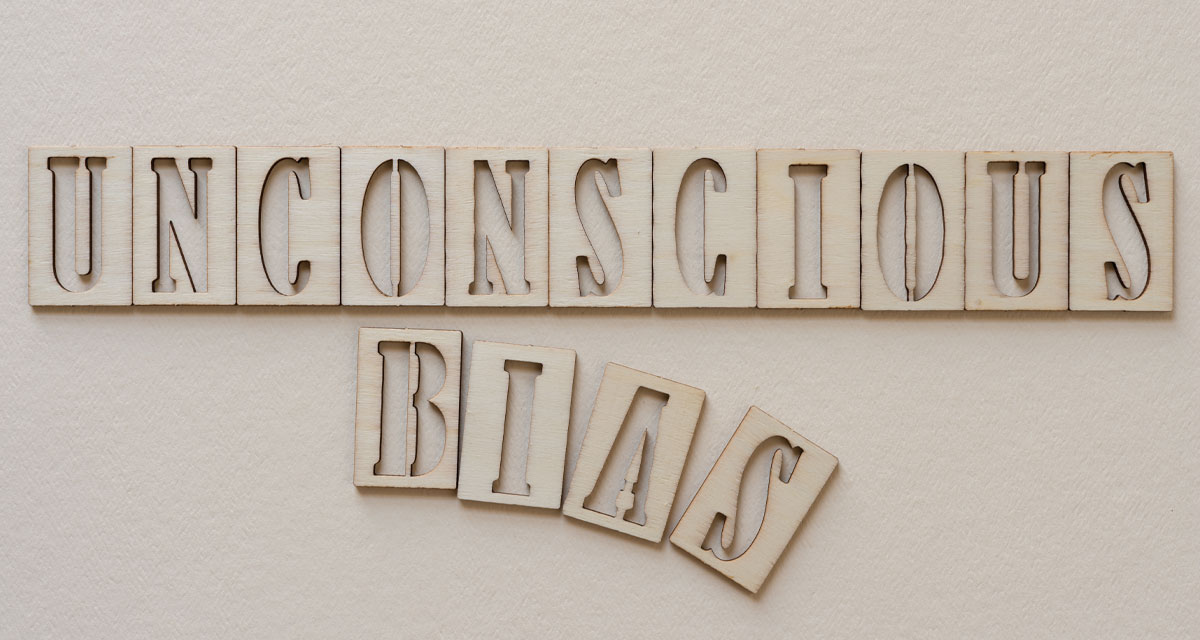by LESLIE SPEAS
I know we would like to think that we don’t, but we all have biases. These biases have been developed from sources such as the media, our education, our work experiences, our upbringing, our family and our friends. So, exactly what is bias? It is defined as prejudice in favor of or against a thing, person or group compared with another – usually in a way that is considered to be unfair.
There are two types of biases:
- Conscious (Explicit) Bias – Overt, negative behavior that can be expressed through physical or verbal harassment or by more subtle means such as exclusion.
- Unconscious (Implicit) Bias – Biases that we don’t even know are there that influence a vast majority of our decisions.
Unconscious biases are by far the most common and are particularly dangerous because we don’t even know they are there!
How do biases play out at work and in our personal lives?
We instinctively categorize people and things using easily observed criteria such as age, weight, race and gender. But, we also classify people according to other traits like educational level, disability, accent, social status and job title. This results in a tendency to rely on stereotypes to make judgments, even if we don’t consciously believe in them. As a result, it may impact our ability to be accepting and inclusive. In addition, it may affect our decisions and actions in a negative way.
What can we do to counteract the damage that unconscious biases can do?
Take the time to identify biases that you may have internalized by:
- Taking Harvard’s Project Implicit Association Test. It can help you determine which of your perceptions may be governed by unconscious biases.
- Asking yourself these questions:
- What type of neighborhood do you live in or would like to live in?
- What is your ideal person to date?
- Who do you have as your best friends?
- When in a crowd, what people do you gravitate toward?
- Do you think certain types of people are lazy or without self-control?
- When you see a name you can’t pronounce, what is your first thought about that person?
- Stopping to reflect when you catch yourself judging or making a quick assessment of someone else as biases are likely coming into play.
Once you have awareness of your biases, you can take steps to overcome them.
Educate yourself on different cultures and groups
Once you identify your biases, educate yourself on different cultures and groups. Get to know some people that are part of these groups and categories. Be curious, ask them questions and learn more about them to counteract any negative stereotypes. In addition, you can do some reading or research to better educate yourself.
Practice empathy
Putting yourself in others’ shoes can help to decrease bias. This is easier to do once you have a better understanding of their culture or group.
Practice the pause
When you catch yourself judging or fear your biases may be affecting you, practice the pause. Tell yourself that you need to do a reset because biases may be impacting the situation.
Focus on the individual
Focus on what is distinctive about the individual, rather than the group in which he or she is a part.


















